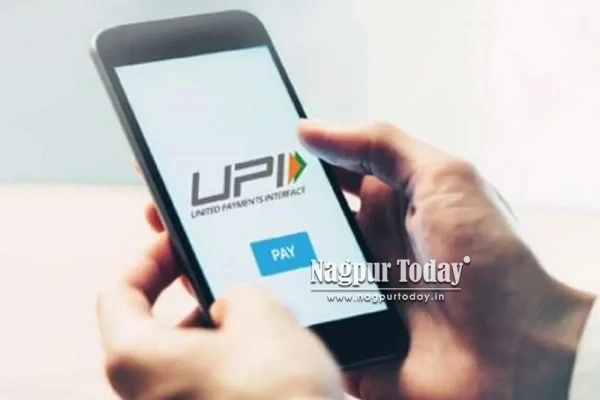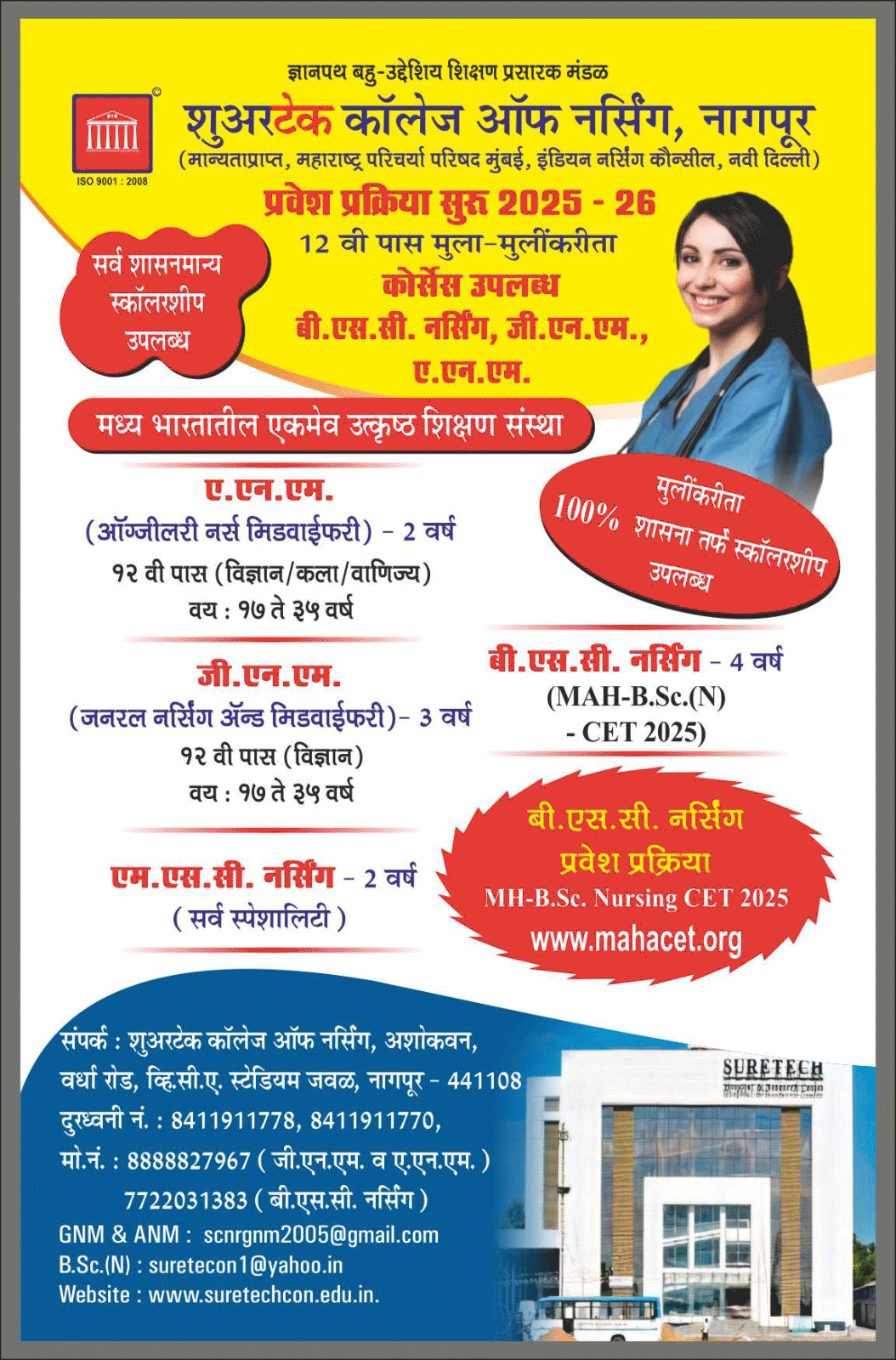
“Who pays is important, but not as important as someone footing the bill. For sustainability, whether collectively or individually, someone pays for the costs. The government is subsidising it. I never said users will have to pay,” Malhotra said.
He reiterated that UPI is not entirely free, as costs are currently subsidised by the government to support banks and other ecosystem players. This policy has helped UPI usage grow significantly in recent years.
Despite its success, the government has slashed its subsidy allocation for FY26 to ₹437 crore — a steep 78% cut from the final ₹2,000 crore allocated in FY25. This is the second consecutive year that digital payment incentives have been reduced. In FY24, the government disbursed ₹3,268 crore under the same scheme, which was launched in April 2022 with an initial outlay of ₹2,600 crore.
Digital payments industry stakeholders argue that to support the rapid expansion and operation of UPI, an annual budget of ₹10,000 crore may be necessary — far more than the current allocation.
















